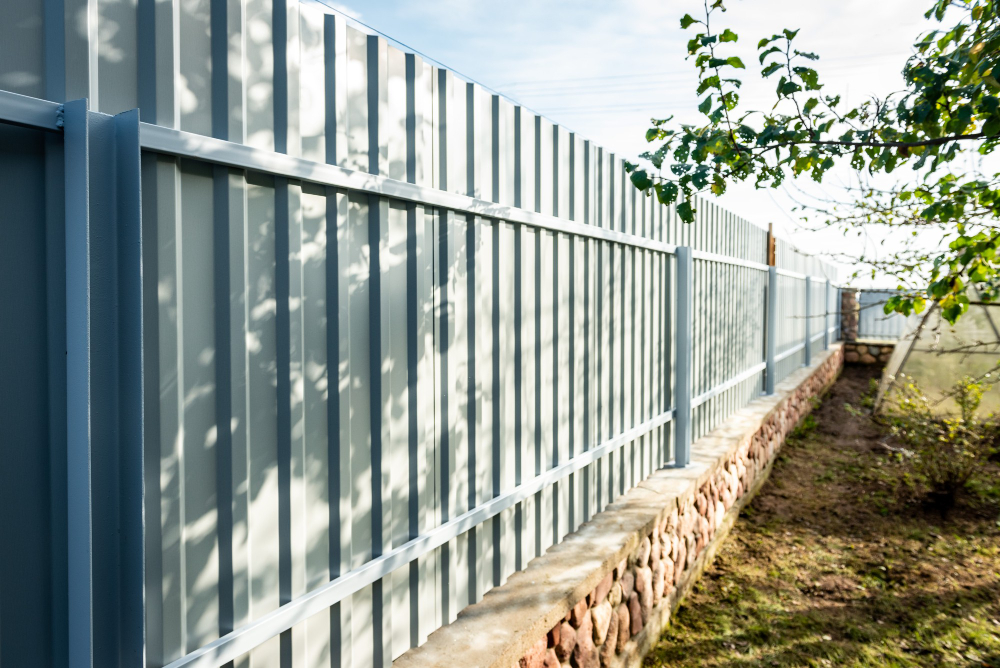
Installing a fence is an effective way to boost your property's security, privacy, and appeal. However, there are common mistakes that homeowners make when undertaking this project. These mistakes can make the fence less durable and even impact the safety of those in the surrounding area. In this post, we will discuss the common mistakes to avoid when installing a fence and how to prevent them.
Fencing installation involves digging posts into the ground, and if you do so on your neighbor's property, then it can lead to litigation, strained relations, and headaches. Failing to check the property lines can also cause issues in the future when it is time to repair or replace the fence. As such, it is essential to have your property surveyed to clarify the boundary lines before installing a fence.
Another critical factor to consider when installing a fence is the local regulations. Every city and county have bylaws regulating the height, material, and style of fences that you can install. Ignoring these regulations can lead to fines, enforced removal, and unnecessary tension with local officials and neighbors. It is essential to understand the local regulations before starting a fence installation project.
Installing a fence is a significant investment, and poor planning can lead to material wastage, delays, and increased costs. It is essential to plan the fence installation and have the required tools, materials, and personnel before starting. Ensure that you measure the fence line correctly, remove any debris that can interfere with the installation, and plan for any changes in the terrain.
The fence's strength and durability are dependent on the quality of anchoring. One of the mistakes that homeowners make is not adequately anchoring the posts. The posts should be buried at a depth of one-third the post's length and set in a cement base. Properly anchoring the posts can keep the fence from swaying or leaning during adverse weather conditions.
The type of fence that you choose has an impact on its effectiveness, durability, and safety. One of the common mistakes made is choosing the wrong type of fence for the purpose intended. Wooden fences, for example, require regular maintenance and are not ideal for areas with significant snowfall or rain. Chain link fences, on the other hand, are more durable and are ideal for high traffic areas. It is essential to understand the purpose of the fence, consider maintenance requirements and durability before installing a fence.
In summary, when installing a fence, it is important to avoid common mistakes, such as not checking property lines, ignoring local regulations, poor planning, not anchoring posts correctly, and choosing the wrong type of fence. These mistakes can lead to unnecessary expenses, compliance issues, and safety concerns. It is essential to have a reliable fence contractor to help you avoid these mistakes and bring your fence installation project to completion without headaches. Contact Wulff Fence today for all your needs in fence installation and fence repair in Orlando, FL, and the surrounding areas.